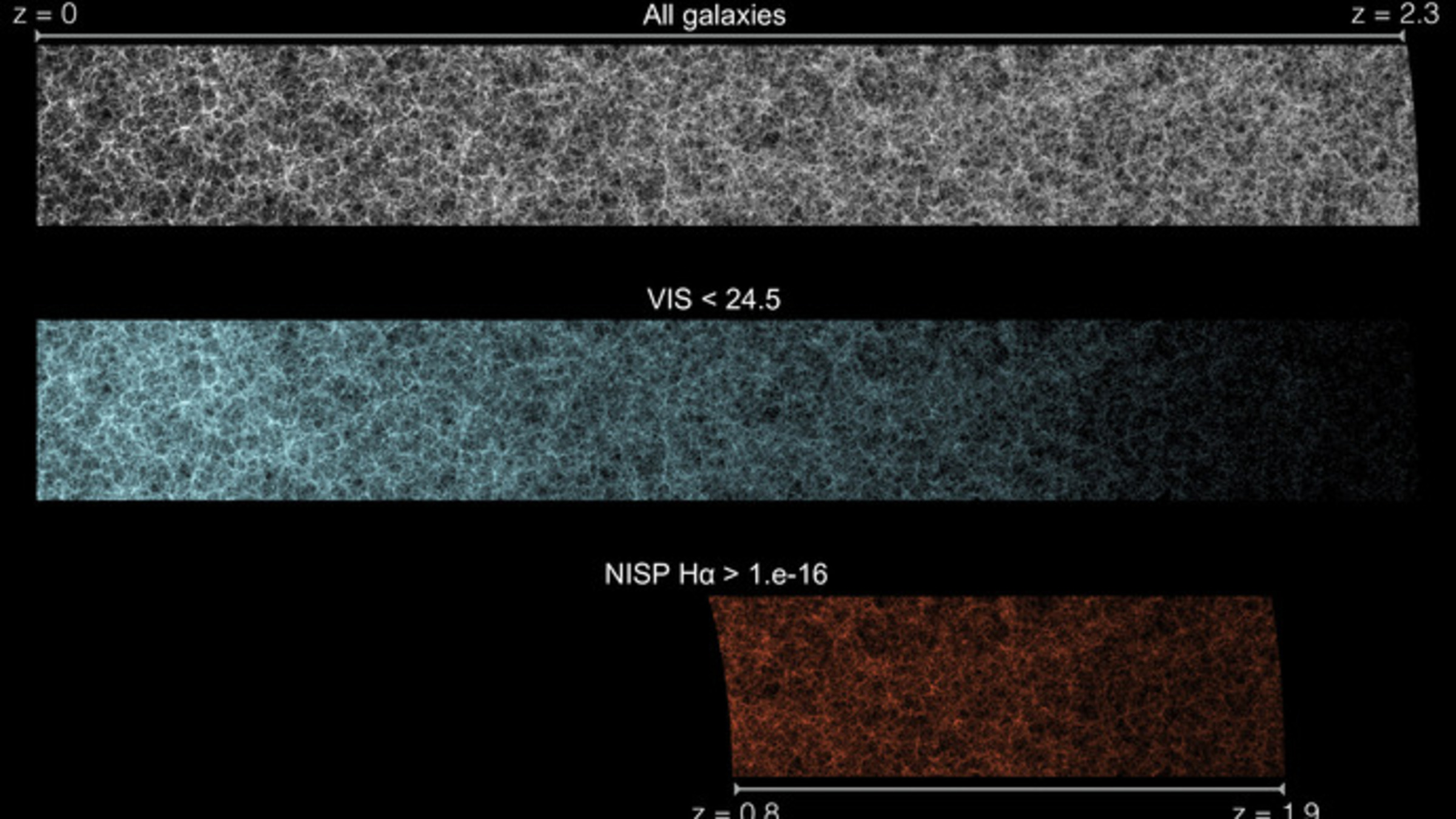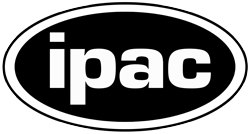
Scientists of the Euclid Consortium announce the release of the largest simulated galaxy catalogue ever built
July 31st, 2017

A key ingredient in order to prepare the scientific exploitation of the Euclid dataset is the development of synthetic observations of the real survey: a cosmological simulation that matches the expected volume and complexity of the real data. In a massive coordinated effort, a team of scientists of the Euclid project have worked together over the last year to develop the largest simulated galaxy catalogue ever produced, the so-called “Euclid Flagship” mock galaxy catalogue.
The Euclid Flagship mock galaxy catalogue is based on the record-setting 2 trillion (2 followed by 12 zeros) dark-matter particle simulation performed on the supercomputer Piz Daint, hosted by the Swiss National Supercomputing Center (CSCS). The simulation code was developed by a team of scientists at the University of Zurich, led by Joachim Staled from the Institute for Computational Science. This unique dataset reproduces with exquisite precision the emergence of the large scale structure of the Universe, with hundred of billions of dark matter halos hosting the galaxies we see in the night sky today.
Using this dark-matter cosmic web from the Flagship simulation, a group of scientists of the Euclid Consortium at Institut de Ciències de L’Espai (ICE, IEEC-CSIC) and Port d’Informació Científica (PIC) in Barcelona, in collaboration with the Cosmological Simulations Working Group, led by Pablo Fosalba (ICE, IEEC-CSIC) and Romain Teyssier (Institute for Computational Science at the University of Zurich), have built a synthetic galaxy catalogue using state-of-the-art scientific pipelines that implement the Halo Occupation Distribution technique, a sophisticated recipe to relate dark and luminous matter in the universe.
The Euclid Flagship mock galaxy catalogue contains more than 2 thousand million galaxies distributed over the 3-dimension cosmological volume that Euclid will survey. Synthetic galaxies in this simulation mimic with great detail the complex properties that real sources display: ranging from their shapes, colours, luminosities, and emission lines in their spectra, to the gravitational lensing distortions that affect the light emitted by distant galaxies as it travels to us, the observers. A dedicated web portal, CosmoHub hosted by PIC, the Euclid Spanish Science Data Center, will distribute the Flagship mock data to the 1000+ members of the Euclid Consortium.
Armed with this new virtual universe, scientists will be able to assess the performance of the Euclid mission as a whole, the so-called Science Performance Verification. The Science Performance Verification exercise uses a full end to end simulation of the Euclid mission developed by ESA and the Euclid Consortium and represents a critical milestone of the project. Moreover the Euclid Flagship mock will be an essential tool to develop the data processing and the science analysis pipelines developed by the Euclid Science ground Segment and the Science Working Groups and will set the science for the exciting discoveries that await the Euclid mission when the real data shall come.
For more information, see http://www.euclid-ec.org/
